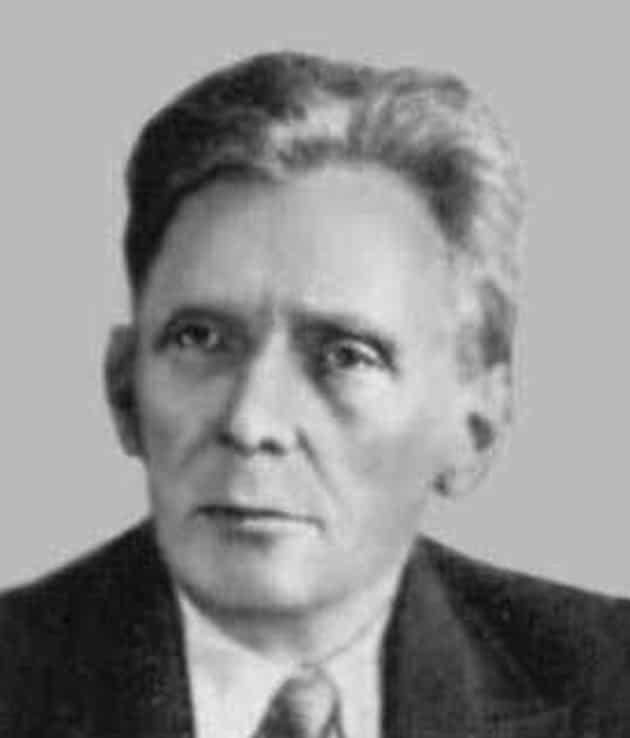
Aleksandr Khinchin, was born on July 19, 1894, in the village of Okatovo, in the Tver Governorate of the Russian Empire. During his high school years he displayed a deep interest in the theatre, in poetry and a passionate interest in mathematics. On completing his secondary education in 1911, he entered the Faculty of Physics and Mathematics of Moscow University.
At Moscow University, Khinchin worked with Nikolai Luzin as well as several other top mathematicians. He was an outstanding student with a special interest in the metric theory of functions and before his graduation in 1916 he had already written his first paper on a generalization of the Denjoy integral. This first paper launched a series of his publications on properties of functions that are retained after deleting a set of density zero at a given point.
After graduating in 1916, Khinchin remained at Moscow University undertaking research for his dissertation that would qualify him for an appointment to a university professorship. He subsequently studied at the University of St. Petersburg (now known as St. Petersburg State University) and completed his Ph.D. in mathematics in 1918. He later became a professor at the Leningrad (now St. Petersburg) State University and the Steklov Institute of Mathematics.
Around 1922, Khinchin began to focus on number theory and probability theory, and in 1927, he published Recherches sur la structure des fonctions mesurables in Fundamanta mathematica, summarizing his work on the properties of functions that are retained after deleting a zero-density set at a given point.
One of Khinchin’s most famous works is his book “Mathematical Foundations of Statistical Mechanics,” published in 1943. In this book he provides a rigorous mathematical basis for the understanding of statistical physics. He is also known for his important contributions to the theory of continued fractions, ergodic theory, and probability theory.
Khinchin’s work on continued fractions, in particular, is highly regarded. He proved several fundamental theorems in the field and developed a metric theorem, now known as Khinchin’s theorem, characterizing the “typical” behavior of the partial quotients of a real number in its continued fraction expansion. This theorem has applications in number theory, dynamical systems, and diophantine approximation.
Throughout his career, Khinchin received numerous honors and awards for his contributions to mathematics. He was a member of the Russian Academy of Sciences, the Estonian Academy of Sciences, and the Royal Danish Academy of Sciences and Letters. He was also awarded the Stalin Prize, the highest honor for scientific achievement in the Soviet Union, in 1943.
Aleksandr Khinchin passed away on November 18, 1959, in Leningrad, Soviet Union (now St. Petersburg, Russia). His work continues to be influential in various branches of mathematics, and he is remembered as one of the leading mathematicians of his time. Extolling the virtues of mathematical research, Khinchin once observed, “The mathematician needs no laboratories or supplies. A piece of paper, a pencil and creative powers form the foundation of his work.“
